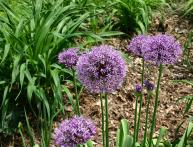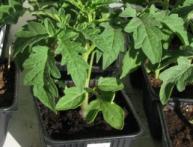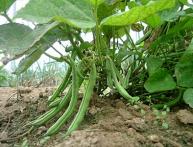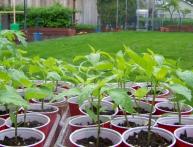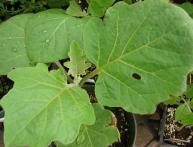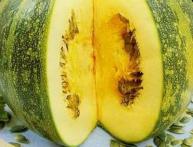Growing Savoy cabbage. Tips for gardeners.
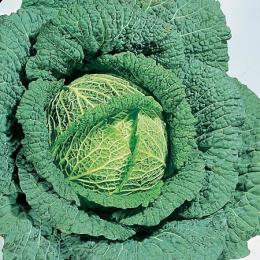
Savoy cabbage is not so popular among our gardeners. It is more exotic, and many are inclined to believe that growing Savoy cabbage is a much more complex process than our native white cabbage.
However, the technology for its cultivation is not particularly difficult. I’ll tell you about how to grow Savoy cabbage in your garden.
- If you have chosen an early-ripening variety, then you need to sow cabbage in mid-March, but if you agree to wait for the harvest until autumn, then the sowing dates are shifted a month ahead.
- It is better to plant Savoy cabbage in those beds where onions, potatoes, legumes, tomatoes or perennial herbs grew before it. If other varieties of cabbage, or radishes, turnips, radishes (plants of the same family as Savoy cabbage) were previously growing in the garden bed, then you should not plant seedlings in the same place.
- Dolomite flour or lime is a good fertilizer for this type of cabbage.
- The yield of Savoy cabbage is not as high as that of the usual white and red cabbage, therefore the consumption of nutrients during the growth of heads of cabbage is not so great. In this regard, it makes no sense to frequently feed Savoy cabbage. Just two feedings are enough for the entire season: after planting the seedlings in the ground with mullein solution and during the period of setting the head of cabbage. In the second feeding, you should “lean” on phosphorus and potassium.
- Like all varieties of Savoy cabbage, it requires high humidity, but not excessive moisture, because if it is watered too often and too much, the roots of the cabbage die off within 12 hours, which can negate all your efforts to grow it and lead to the loss of the entire harvest.
Otherwise, for those who are familiar with caring for ordinary cabbage, growing Savoy cabbage - so unusual and somewhat decorative in appearance, but very useful - will not cause much trouble and will even decorate your garden with neat heads with grooved leaves.
Interesting information about the vegetable garden

